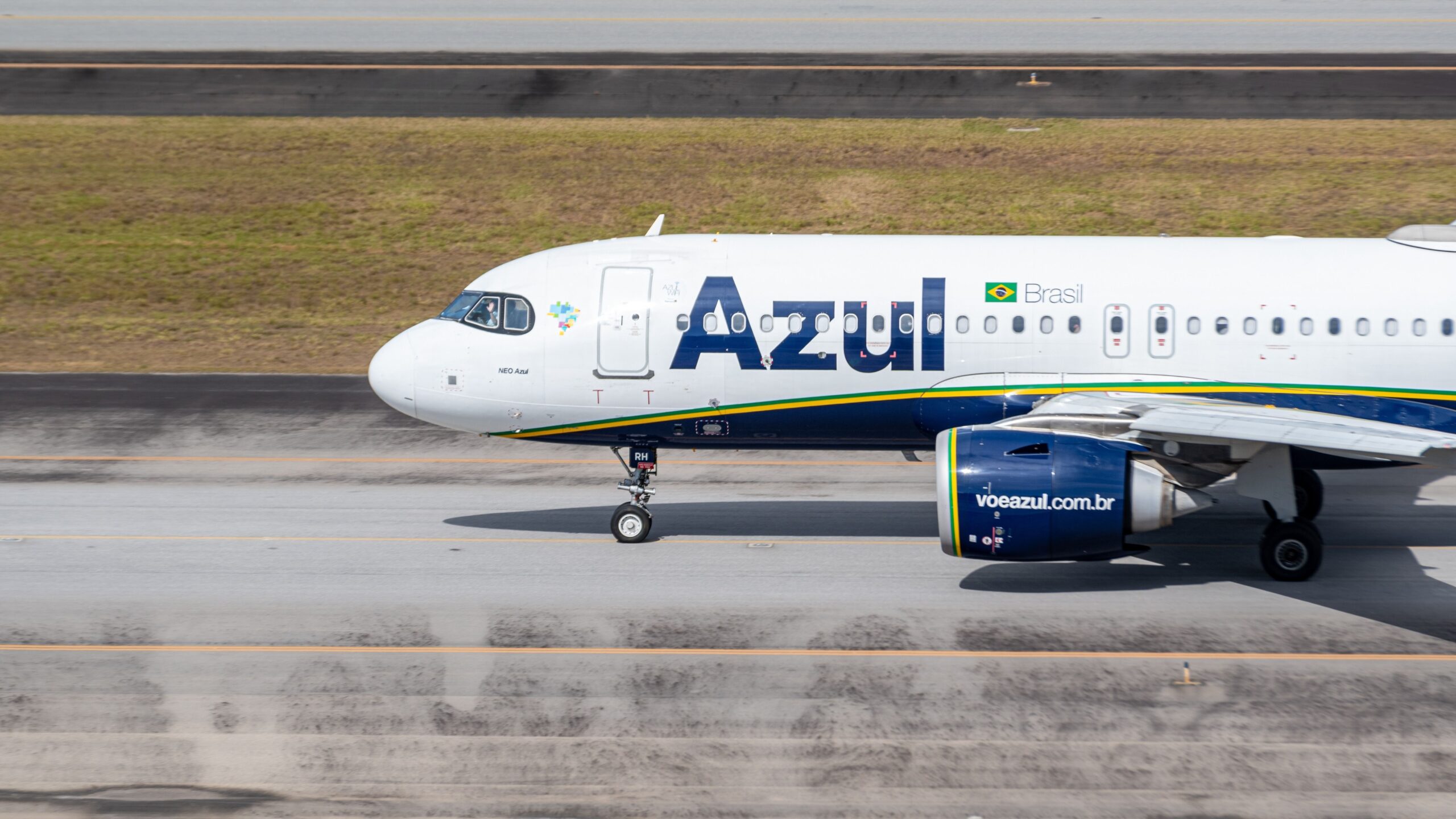Airline mergers have been credited for shaping the commercial airline industry to what it is today. Across the world, consolidation has led the industry to improved scale and profitability. In Europe, carriers like Air France and KLM have merged to create aviation giants with the assets and capabilities to create a profitable and reliable global network. Meanwhile, in the United States, mergers between carriers like Delta and Northwest and United and Continental have formed some of the world’s largest airlines.
Photo: Lukas Souza | Simple Flying
Despite its prominence in places like the United States in the past few decades, consolidation continues to be a trend in other parts of the world. In Brazil, Azul Linhas Aereas
and GOL Linhas Aéreas
have recently announced plans to merge, creating Brazil’s largest airline and becoming an even bigger player in the South American aviation industry. However, every merger has at least some negative consequences, and Azul’s management warned of higher fares to come regardless of the intended merger.
Latin American airlines are still hurting
The COVID-19 pandemic, which reached the Americas in early 2020, nearly shut down the commercial airline industry across the world. However, according to Financial Times, many nations used government funds to give airlines extra cash to weather the storm in an attempt to ensure their survival until better times. However, many Latin American countries did not provide funding for their carriers, making the financial strains even more severe than their North American or European peers.
Photo: Thiago B Trevisan | Shutterstock
In addition to the lack of funding throughout an unprecedented demand shock, Brazilian carriers have other challenges they need to face. The cost of jet fuel is currently high, and some carriers have been faced with widespread passenger lawsuits that are raising costs in an industry with notoriously narrow margins. The struggle of Brazilian carriers is becoming increasingly evident.
Gol Airlines filed for Chapter 11 bankruptcy in the United States on December 10, 2024. Now, the airline is seeking a staggering $1.9 billion in funding to exit bankruptcy proceedings. Azul, another low-cost carrier in the country, has made several out-of-court agreements with its creditors in an attempt to find more funding and reduce some of the airline’s many liabilities. Meanwhile, full-service peer LATAM Airlines exited bankruptcy in 2022.

Related
Azul Brazillian Airlines’ Demand-Stimulating Business Model
The Brazilian carrier burst onto the scene 16 years ago.
Higher air fares are coming to Brazil regardless
Earlier this month, Gol and Azul revealed their plans to merge. Though the companies would still keep each of the airlines’ distinct brands, the merger would result in the combined carrier controlling about 60% of Brazil’s domestic market. Considering existing challenges in the marketplace, prices are already likely to rise. However, a deal of this size could have serious ramifications on passenger options, experience, and prices as well.
Photo: Alexandre Doumenjou | Airbus
Azul’s Chief Executive Officer, John Rodgerson, acknowledged that Brazil’s current issues will result in higher air fares regardless of the merger. This is due to the Brazilian real’s recent slump. This currency issue results in Brazilian airlines having to pay higher prices for jet fuel and spare parts for aircraft.
Though it seems air fares are likely to go up in the Brazilian market, CEO of LATAM Airlines Brazil, Jerome Cadier showed some hesitancy regarding the merger between Azul and Gol. In a LinkedIn post, Cadier explained:
Little is known about this intention yet, but one thing is certain: it must come with very important mitigation measures so that it is not bad for competition in the national aviation market.
Photo: Carlos Yudica | Shutterstock
Cadier also showed doubt that merging would be the answer to the serious debt issues that Gol and Azul have found themselves with. With such debt levels, the carriers should be working to restructure independently. Both boast strong operations and are among the most punctual airlines in the world, and Brazil is among the largest commercial aviation markets in the world.
He simply does not think either company is at risk of going bankrupt, given their extensive assets. Regardless, change could be on the horizon. Passengers and other stakeholders should watch the Brazilian airline industry closely.





